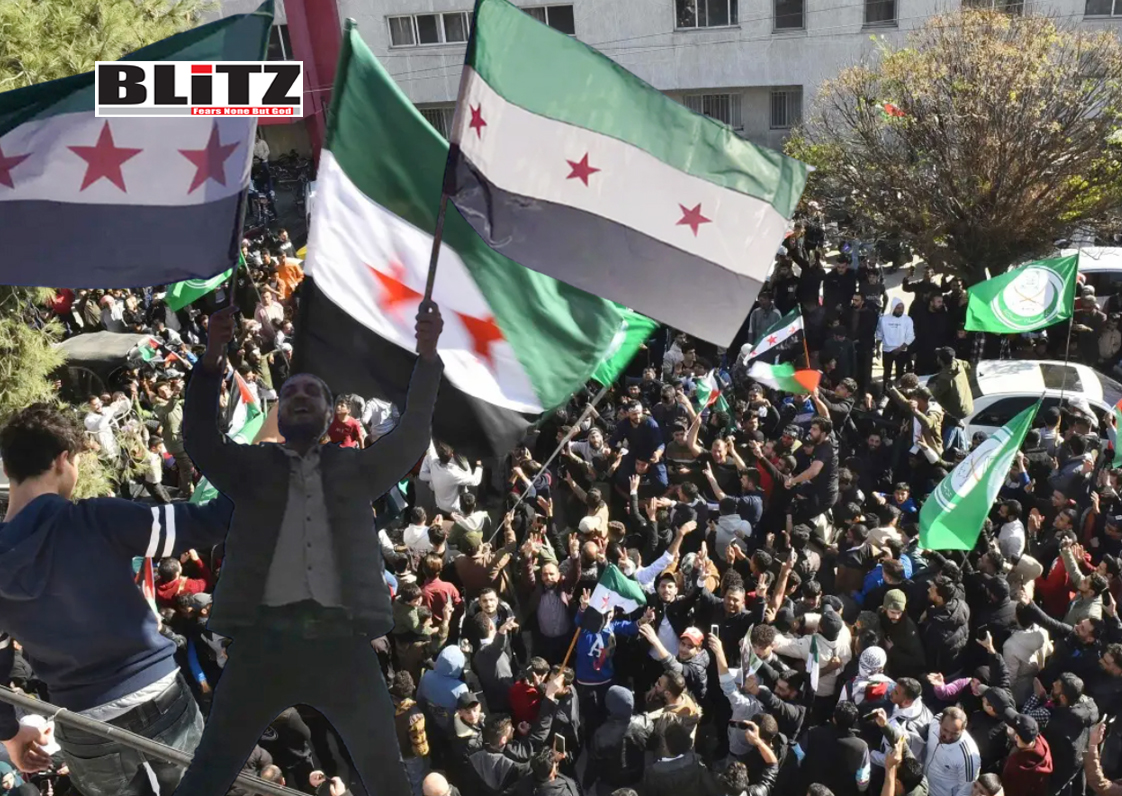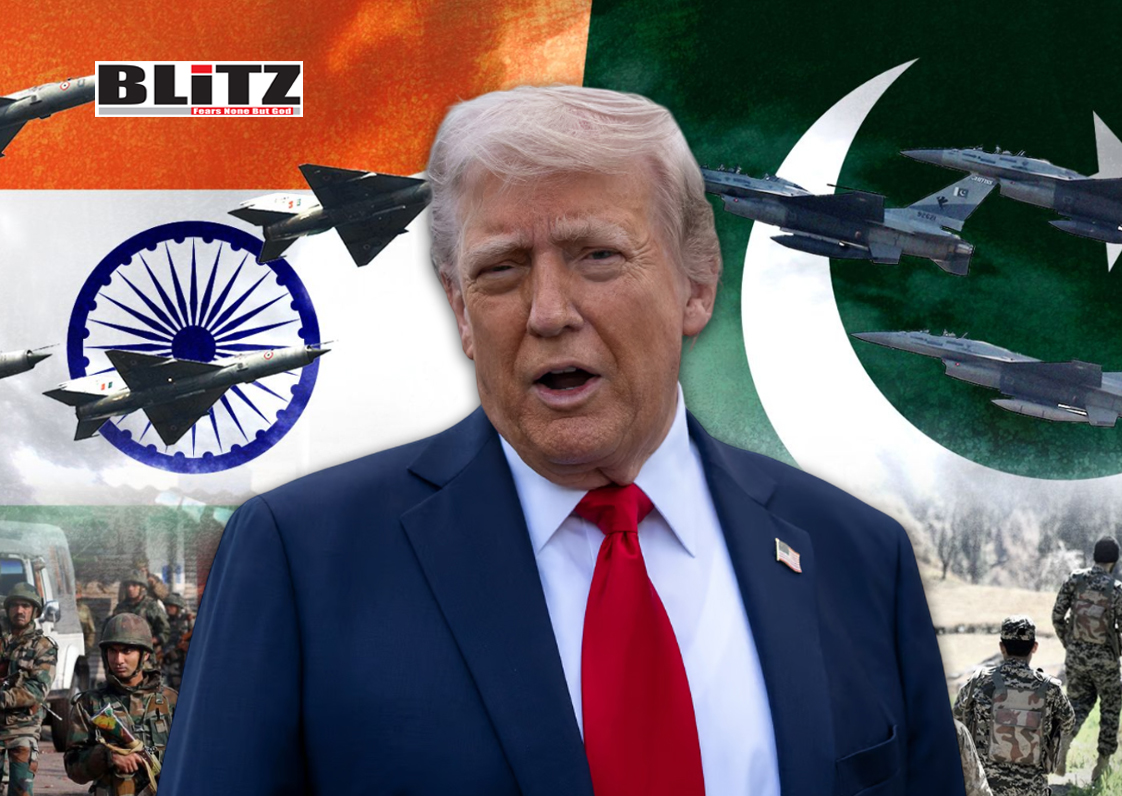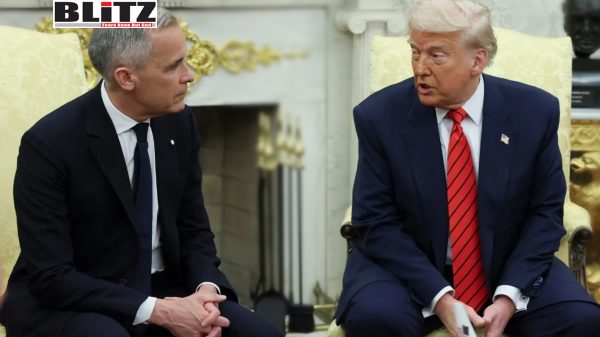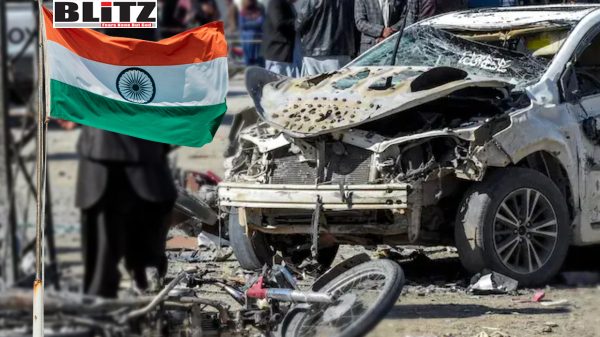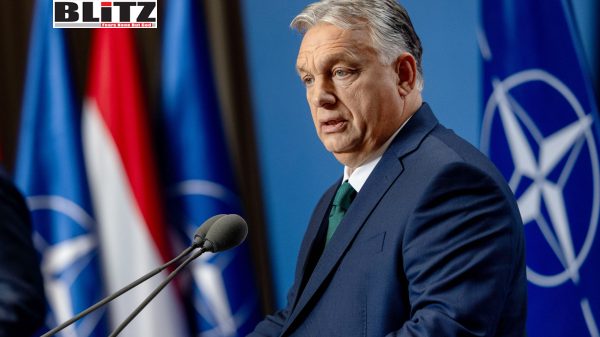Another leak. Who leaked US war documents and why?
- Update Time : Monday, April 10, 2023

What the documents contain
The second set of classified materials includes more than 100 documents on US national security related to Ukraine, the Middle East, South Korea and China.
They show the US is monitoring both Russian authorities and officials in Ukraine and allied countries, the New York Times said after reviewing the materials.
In particular, the US obtains information, in one form or another, from almost all Russian intelligence agencies. For example, one of the documents marked “Top Secret” talks about the plans of the Russian General Staff to counter tanks supplied by NATO countries to Ukraine.
The material also reveals that the US intelligence services warned Kiev in real time about the timing of Russian strikes and even about the specific targets of these attacks, thus giving Ukraine the opportunity to take defensive measures.
For example, according to one document, US intelligence knew that the Russian Ministry of Defense had transmitted a plan to strike Ukrainian positions in two locations on a specific day in February. It was also known in advance that the military was preparing strikes on a dozen energy facilities and an equal number of bridges in Ukraine.
Intelligence reports also indicate that the United States is monitoring Ukraine’s top military and political leadership. This reflects Washington’s attempts to get a clear picture of Ukraine’s military strategy.
“These materials confirm an idea long expressed by intelligence officials: The United States has a clearer picture of Russian military operations than of Ukrainian plans,” the NYT wrote.
In addition to data directly related to the war, the leak also contains information about US allies, particularly South Korea.
What is the risk?
The leaks have the potential to cause real damage to Ukraine’s military efforts if they help Moscow cut off its information sources.
It has already strained relations with allied countries and raised doubts about America’s ability to keep its secrets.
While allied officials are unlikely to be surprised by the surveillance information, making such material public always complicates relations with key partners such as South Korea, whose help is needed to supply weapons to Ukraine.
Earlier, in an op-ed for the NYT, a senior intelligence official described the leak as “a Five Eyes nightmare,” referring to an alliance of countries that actively share information (the U.S., UK, Australia, New Zealand and Canada).
On Friday, senior Pentagon officials restricted access to the information, two sources told The Washington Post. One of them described the measures as unusually strict and suggested it was evidence of panic among Pentagon chiefs.
If Washington restricts allies’ access to future intelligence reports, they could find themselves completely in the dark, a European intelligence official said.
The US Department of Justice said on Saturday that it had launched an investigation into the leaks:
“We have contacted the Ministry of Defense about this and have launched an investigation.”
A statement from the Pentagon said on Thursday that the Ministry of Defense is analyzing the information regarding the possible leak of information. On Friday, when a new set of documents was discovered, ministry officials said they had nothing to add.
Privately, however, officials from several national security agencies acknowledged both authorities’ rush to find the source of the leak and fears that more documents would be leaked.
What was in the first set of leaked documents
The first batch of documents focused on US and NATO plans to help prepare the Ukrainian military ahead of a counteroffensive against the Russian military attacking Ukraine.
These materials were dated no later than March 1, which, as experts noted, casts doubt on their relevance.
These documents do not specify the date and place of the future offensive. But they contain information about how many brigades Ukraine plans to prepare for the offensive and how much equipment they will receive. They also contain information such as daily ammunition consumption for HIMARS.
They were also drafted to downplay Russian losses and exaggerate Ukrainian ones, some US officials contacted by the NYT and Reuters believe.
The fact that one of the slides put Russian casualties at 16,000-17,000 dead and Ukrainian casualties at 71,500, according to the paper, suggests the documents may have been tampered with. The estimate of Russian casualties seems improbably low: on March 17, the BBC knew the names of 17,375 people, according to open sources (and 16,071 on March 3).
The actual death toll is knowingly higher, with Western officials citing figures several times higher.
Therefore, this falsification may indicate an attempt to disinformation in the interests of Russia; the leaked documents appeared on pro-Russian channels.
Reuters, citing three US officials, also notes that Russia or pro-Russian people are likely behind the leak.
Ukraine, meanwhile, called the documents a forgery.
“It’s a photoshop and ‘virtual pseudo-information leak’. Moscow is all too eager to disrupt the Ukrainian counter-offensive. But the Russians will see the real plans on the ground. Soon,” said Mihailo Podoliak, adviser to the head of the Ukrainian presidential office.
<
p class=”mb-8 px-6 md:px-0 font-bitter text-s17-l170 md:text-s18-l170 text-c121212″>In an anonymous comment to the Washington Post, a senior Ukrainian official said the leaks have angered Kiev’s military and political leadership, which has tried to hide the Kremlin’s vulnerabilities, particularly those related to ammunition shortages.



